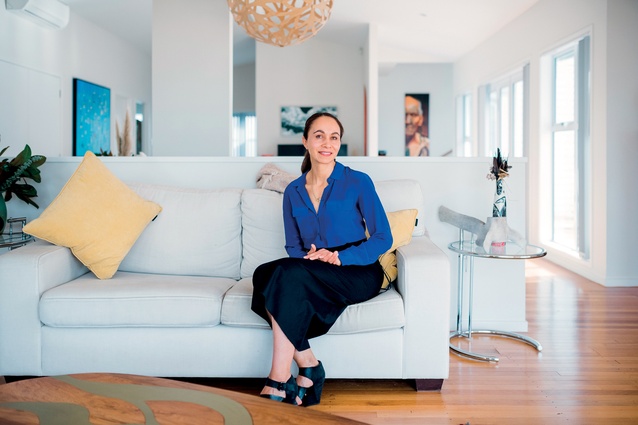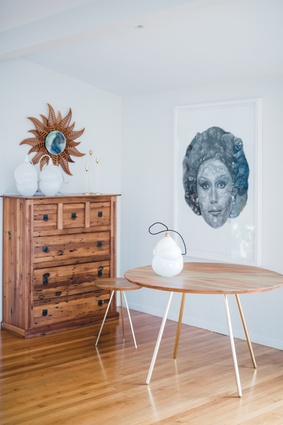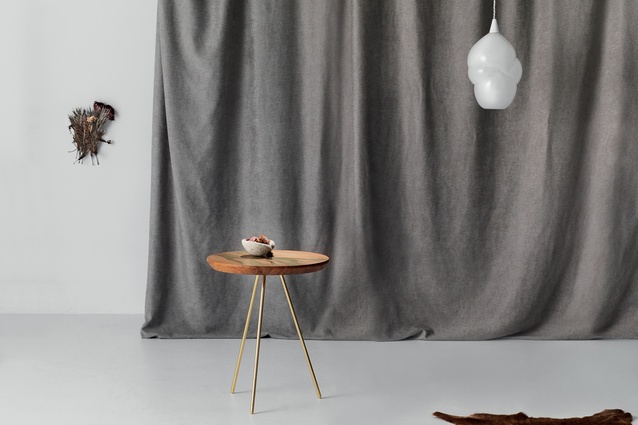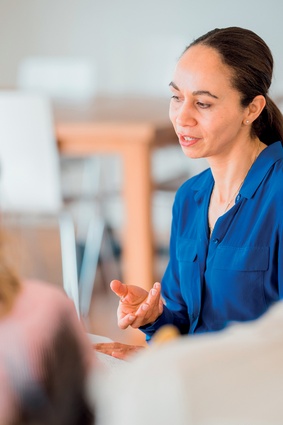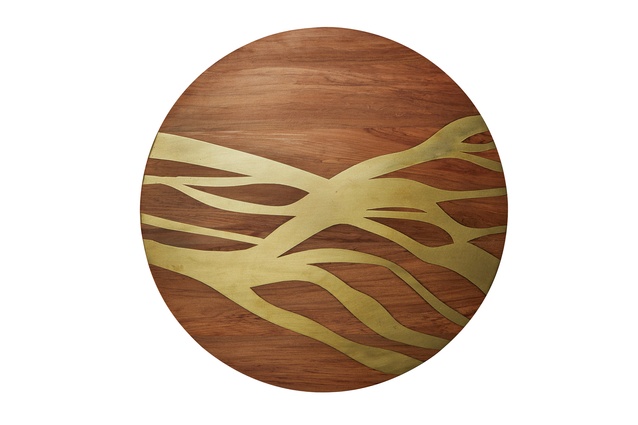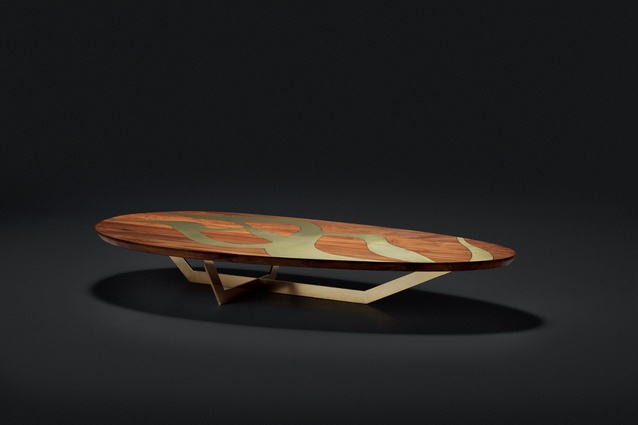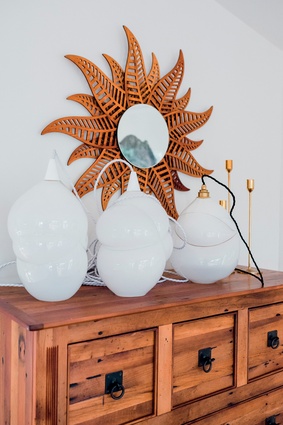Design people: Lyzadie Renault
Architect and designer Lyzadie Renault’s products are inspired by this beautiful country and handcrafted by its makers. She speaks with Amanda Harkness about her creative journey.
Amanda Harkness (AH): You are originally from New Caledonia… what brought you to New Zealand?
Lyzadie Renault (LR): My father is French, from Le Havre in Normandy, and my mother is Melanesian, from New Caledonia. My mother is from a culture where stories are passed down orally from generation to generation. As children, we would visit her tribe during the holidays and sleep on the floor in huts made from rammed earth and thatched roofs.
For me, this formed a very strong connection to natural materials. The tribe’s connection to nature and the people’s sense of collaboration was so strong – everyone had a job, and was a creator and a maker. I believe we all can design but, somehow, in our journey, we seem to have lost that.
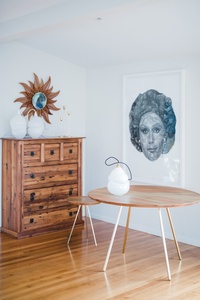
My parents brought us to New Zealand on a holiday and they fell in love with the country. We moved to the Waitakeres, in west Auckland, when I was 14 and I really connected with the bush and the wild beaches. My father became a builder and I would often spend time on his worksites – I loved to see him transform someone’s ideas into a physical form.
AH: Is that why you decided to study architecture?
LR: I travelled to Europe in my gap year and loved visiting and sketching buildings so, when I came back to New Zealand, I decided to study architecture and languages at the University of Auckland.
Four years later, I went to London to study at the Architectural Association – the oldest architectural school in the UK. I knew that visionary architects like Rem Koolhaas, Zaha Hadid, Richard Rogers, Steven Holl and Amanda Levete had been students there. Zaha Hadid would critique our work and I found her incredibly inspirational.
That school had a huge impact on my creative journey and allowed me to discover what was possible as a woman and as an architect. It pushed the way I see space, and encouraged me to be experimental with media and to stretch people. Afterwards, I worked for Gensler for two years before teaming up with a couple of architect friends in the UK for a further two years.
After returning to New Zealand to start a family, I got back into architecture. I designed a couple of baches in between each child, the latest being in the Bay of Islands.
AH: What made you decide to move into furniture design?
LR: It was a very natural move for me. My French grandfather and great-grandfather were both furniture-makers, and my mother’s community were builders and makers, so they were influences. I am also inspired by the Spanish furniture designer Patricia Urquiola.
I love photography and catching an emotion or mood, and the idea of transforming raw materials. For me, it’s about keeping that essence right to the end and making sure the soul has remained. I find it is easier to achieve that with furniture design than with architecture; with architecture, there’s more to juggle to reach the end point.
I wanted things made here and inspired by New Zealand. If you’re in New York or London, you might want a piece of New Zealand in your home, so I wanted to encapsulate this country as a product.
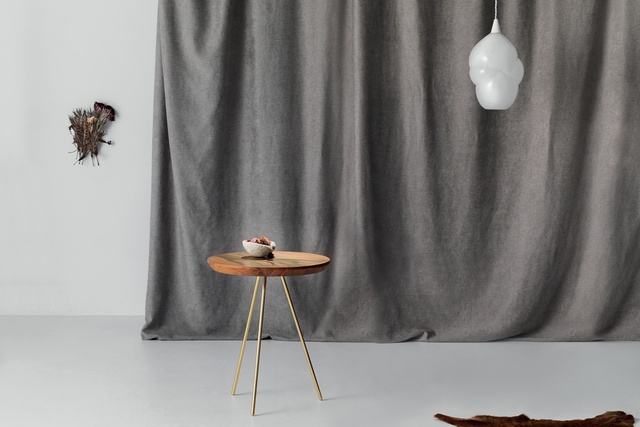
AH: Why do you think you are so influenced by New Zealand?
LR: I’m inspired by all of the flora, the fauna, the volcanoes, the culture, the people, and the outdoor activities and sports. I still draw from my other two cultures but I feel like a New Zealander. Each of my collections starts from a passion or something that I love about this country – the fern, the braided rivers, the clouds.
AH: How does the process work with your craftspeople?
For the Flow collection, I collaborated with a three-generations-old business, Treology. Someone hikes into the bush to find the rescued river rimu, puts the GPS coordinates on the tree, sends it to the mill and, then, to the workshop – so up to 20 people make one table. Each table has a location marker underneath, which says where the wood is from, so, for example, it might be from the Turnbull River, south of Haast. Every piece has a story.
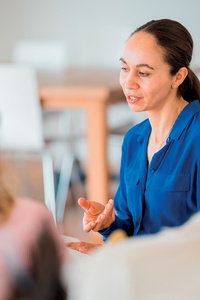
AH: How else do you incorporate sustainability into your work?
LR: Sustainability is not only about the materials that we use and the way they are sourced, but about handmaking something that lasts a long time. Collaboration supports local human resources so it is also a sustainable way of functioning. The makers we work with are masters at what they do so there is little waste. I’m looking at harakeke (flax) and recycled plastic for future collections… always stretching materials and our makers.
AH: What are you hoping to achieve in the future?
LR: I currently have three collections – Flow, Fern and the White Cloud – each with three components: for example, a dining table, a side table and a coffee table. My upcycled leather collection is almost complete. Again, this is looking at a story and sustainability through the use of recycled leather belts to create a sideboard, a free-standing armoire and a bench seat.
There is still so much that is unique to New Zealand. Each area of the country has a love story that needs to be translated and recreated into a physical form and there are plenty of materials to do that with. We have to feed New Zealand’s collective soul of creativity – and work together to create beautiful pieces that are connected to the land and our people.
Renault’s designs are available at lyzadie.com.

